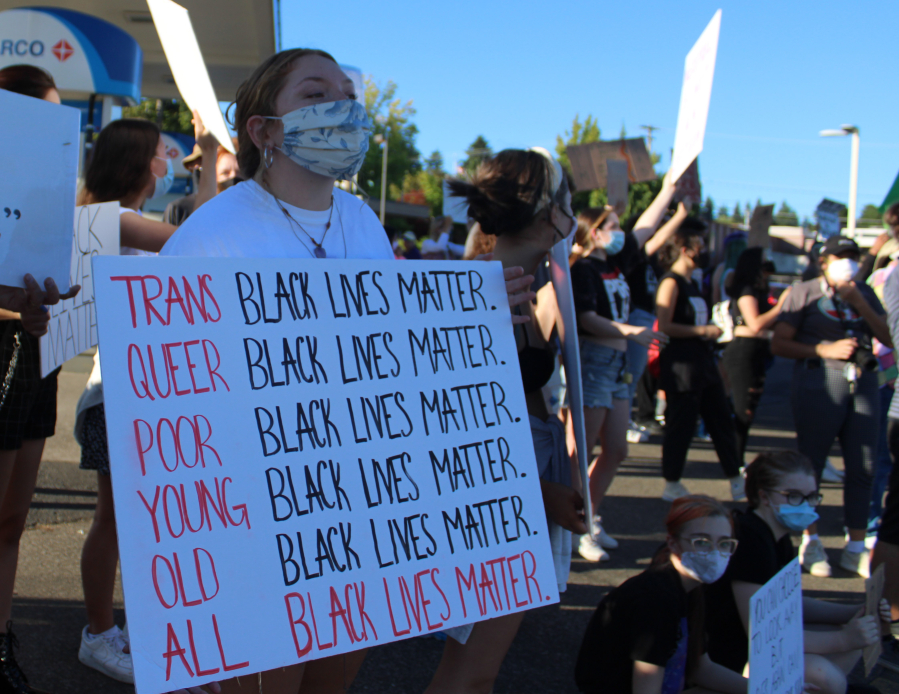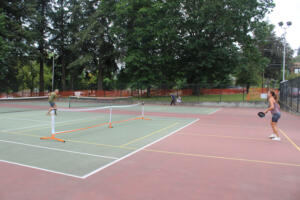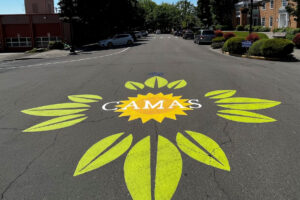The push to “keep Camas, Camas” and retain the city’s vaunted “small-town feel” may be alienating many Camasonians who do not identify with the city’s white, cisgendered, heterosexual or Christian communities.
“Some families and individuals are experiencing a different version of Camas,” Camas Mayor Ellen Burton told Camas City Council members this week. “These are our friends and neighbors who live in similar houses to ours, drive similar cars, work similar jobs and whose kids attend the same schools. However, they don’t necessarily feel safe and represented. The ‘small-town feel’ that we continuously strive to create becomes one of alienation and anxiety. Opportunities available to some, are limited for others.”
This was the gist of a report Burton and other members of the city’s Equity Steering Committee — city councilmembers Greg Anderson and Bonnie Carter — presented to the council during its workshop on Monday, Nov. 1.
When it comes to issues of equity in Camas, Burton said, “there is a strong cry for the city and local businesses to take a stand.”
“The city not coming out with a statement (during the height of the Black Lives Matter marches following the murder of George Floyd in the summer of 2020) made us look like we stood with extremists,” Burton added.



